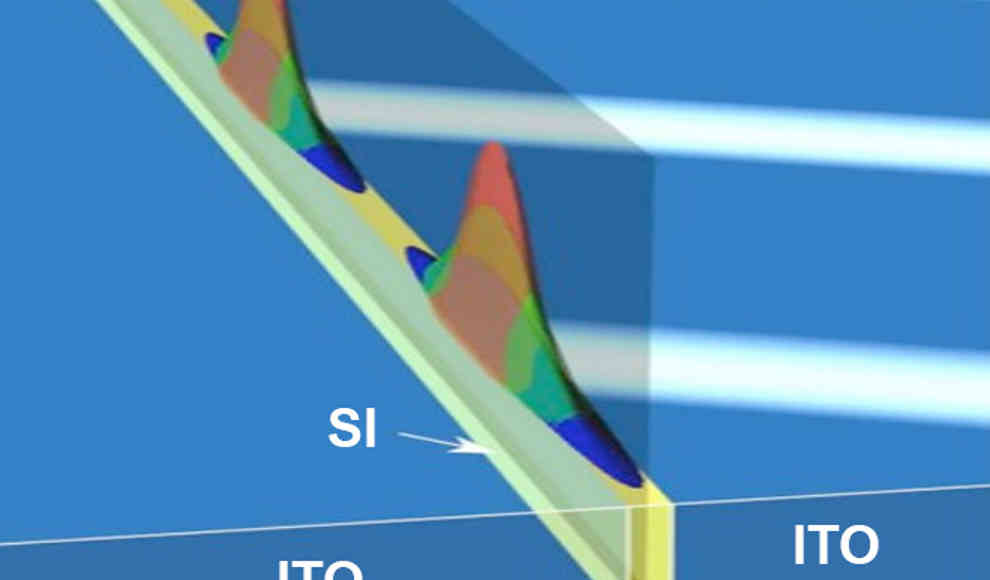Physicists in America have managed to slow down light to almost a standstill using special materials. Instead of moving at 299,792,458 meters per second, the light moves at just 20 meters per second. While the speed of light is useful for many applications, such as telecommunications, in some cases, slower light would be more helpful. In computer technology, for example, slower light would make it easier to store and retrieve information. The team of English physicists reported in the journal Physical Review Letters that they can achieve a delay factor of about 15 million with a specific combination of materials that the light passes through. The physicists hope to open up completely new fields of application with this or similar approaches.
“For many photonic applications, it is desirable to bring light to a standstill,” says Kosmas from the University of California in Berkeley. The ability to slow down light waves so extremely could allow us to achieve things that we previously thought were impossible. Not only data processing in nanodimensions, but also completely new lasers or biomolecular and medical imaging could benefit from the new technology. While there have been materials that can slow down light for some time, either handling the materials is very difficult or they only slow down the light by a factor of 100, which is still too fast. The new material combination is intended to overcome these problems. It consists of a very thin layer of silicon of just under a third of a micrometer, which is sandwiched between two similarly thin indium tin oxide plates. When infrared light passes through the indium tin oxide into the silicon layer, the material combination behaves like a waveguide, in which the light is directed forwards and backwards. This effect reduces the speed of light extremely. However, this currently only works with short laser pulses, and a large part of the light is lost in the process, according to the physicists. Suitable amplifier media must therefore be found to work with higher efficiency. Otherwise, the material combination has the positive property of not changing the frequency of the light.










